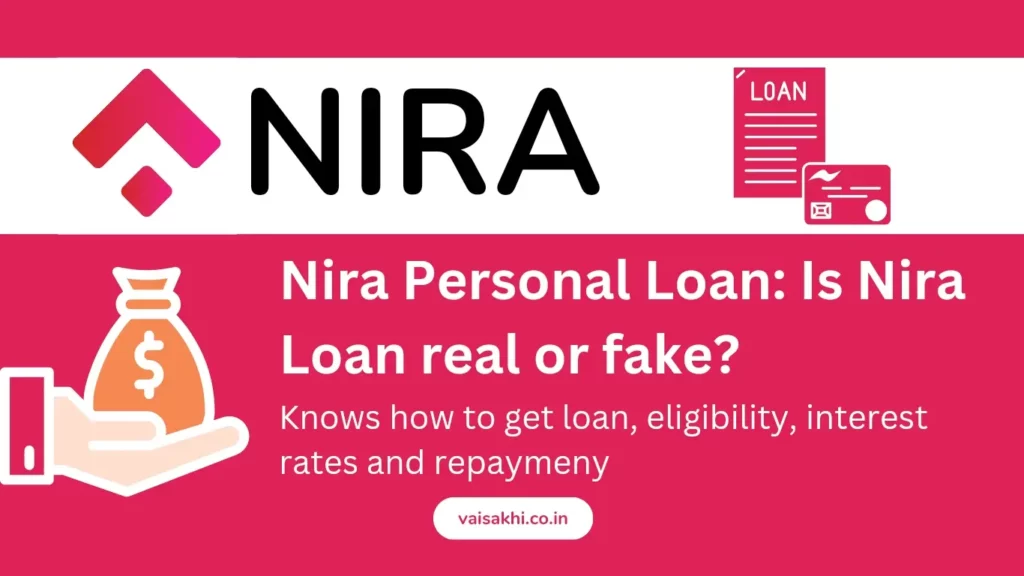When we try to learn about a personal loan, we have multiple options beyond just asking a bank. There are three other ways to borrow money. The first one is using credit cards, the second one is taking out a home equity loan where your home is as collateral, and the third one is getting a loan from another person rather than a bank through peer-to-peer lending websites.

1. Credit card:
How do they work?
- Credit cards give a revolving line of credit, and users can make purchases up to a predetermined limit.
- Minimum payments are required monthly, but users can choose to pay the full balance to avoid interest charges.
Advantages:
- Convenience: The ease of transactions through swiping or tapping makes credit cards a go-to choice.
- Interest-Free Period: Many credit cards provide a grace period during which no interest is charged on purchases if the full balance is paid by the due date.
- Rewards Programs: Various cards offer rewards such as cashback, travel points, or discounts on specific purchases.
Considerations:
- Interest Rates: If the balance isn’t paid in full, interest rates can be high, leading to significant additional costs.
- Credit Score Impact: Late payments or high credit card balances can strongly affect your credit score.
2. Home equity loans:
How they work:
- Home equity loans allow homeowners to get loans against the equity in their homes.
- The loan is secured by the home, providing a lump sum upfront, typically with a fixed interest rate.
Advantages:
- Lower Interest Rates: Home equity loans offer lower rates compared to other unsecured personal loans or credit cards.
- Lump Sum Payment: A lump sum provides flexibility, making it suitable for significant expenses like home renovations or debt consolidation.
Considerations:
- Risk of Foreclosure: The home serves as collateral, making it crucial to meet repayment obligations to avoid the risk of foreclosure.
- Closing Costs: Similar to obtaining a mortgage, there may be closing costs associated with securing a home equity loan.
3. Peer-to-peer lending:
How it works:
- Peer-to-peer lending platforms connect borrowers directly with individual lenders, creating an online marketplace for loans. You can get these types of loans through apps like Nira.
- Borrowers often receive more personalized loan terms based on their creditworthiness.
Advantages:
- Flexible Terms: Peer-to-peer lending platforms often offer more flexible terms and competitive rates compared to traditional lenders.
- Accessibility: The online nature of these platforms makes the borrowing process accessible and convenient.
Considerations:
- Risk Assessment: Interest rates are determined by individual lenders based on your creditworthiness, meaning not everyone may qualify for the most favorable rates.
- Fees: It’s essential to review and understand any fees associated with the peer-to-peer lending platform, such as origination fees.
In closing:
As you navigate the myriad of financial options available, it’s crucial to recognize that each alternative comes with its own set of advantages and considerations. Credit cards offer convenience but require disciplined financial management. Home equity loans leverage home value but entail potential risks. Peer-to-peer lending provides innovative solutions but demands a thorough understanding of terms and conditions. You can also check for any loan app for better options.
Ultimately, the best cash loan choice depends on your unique financial situation, goals, and risk tolerance. By delving into the details of these alternatives, you empower yourself to make informed decisions that align with your financial well-being. Always check factors such as interest rates, repayment terms, and potential risks before choosing the path that suits you best.